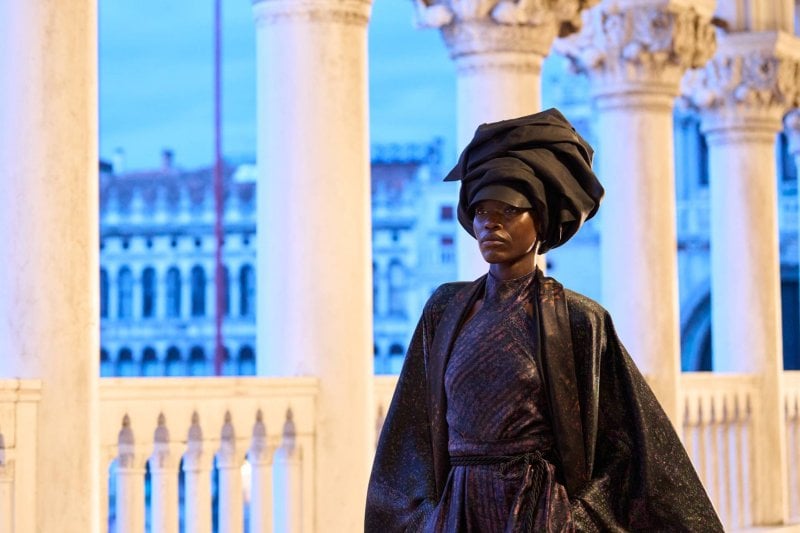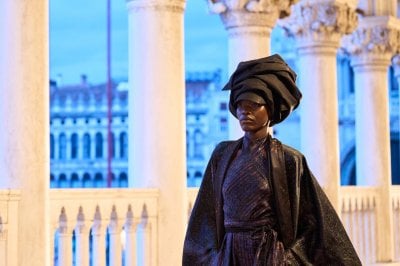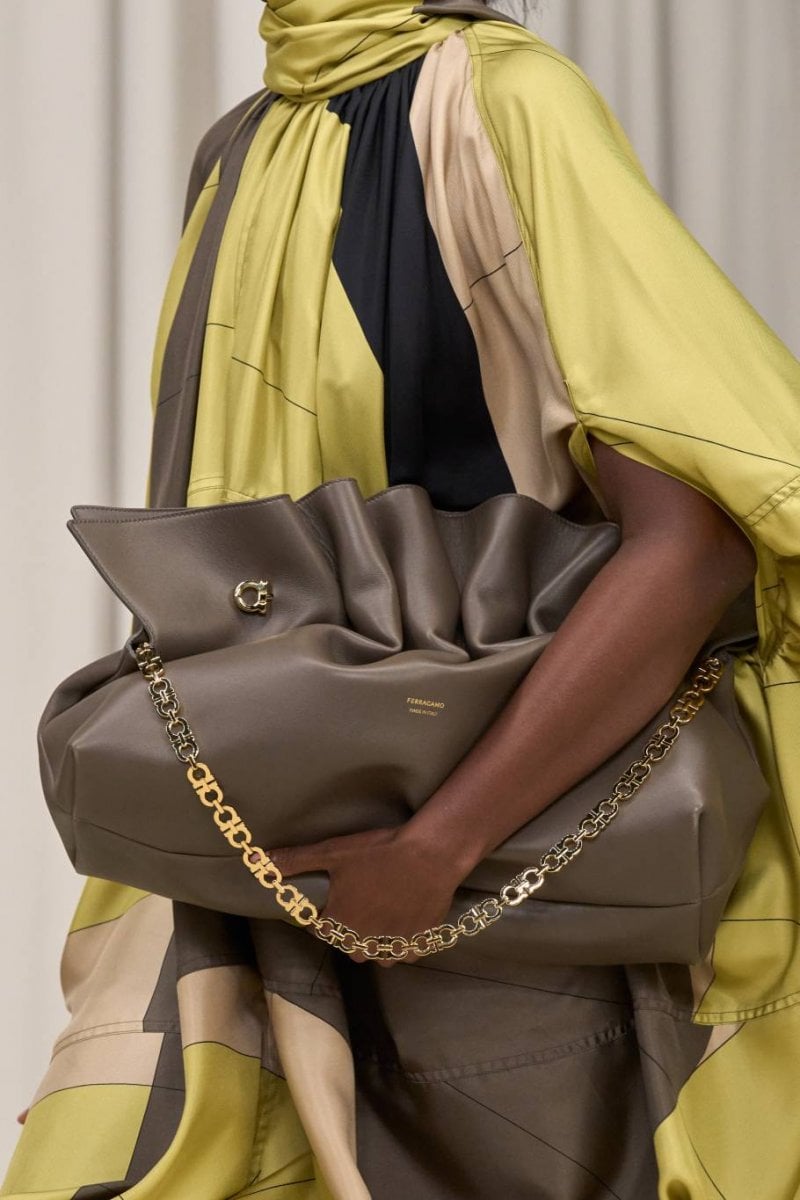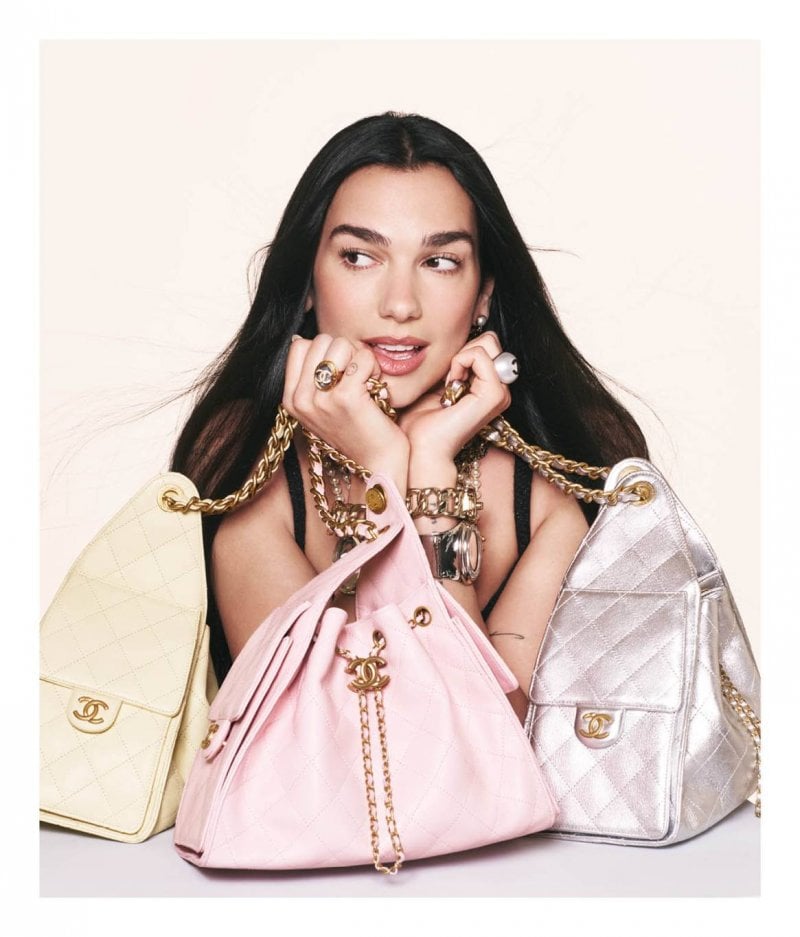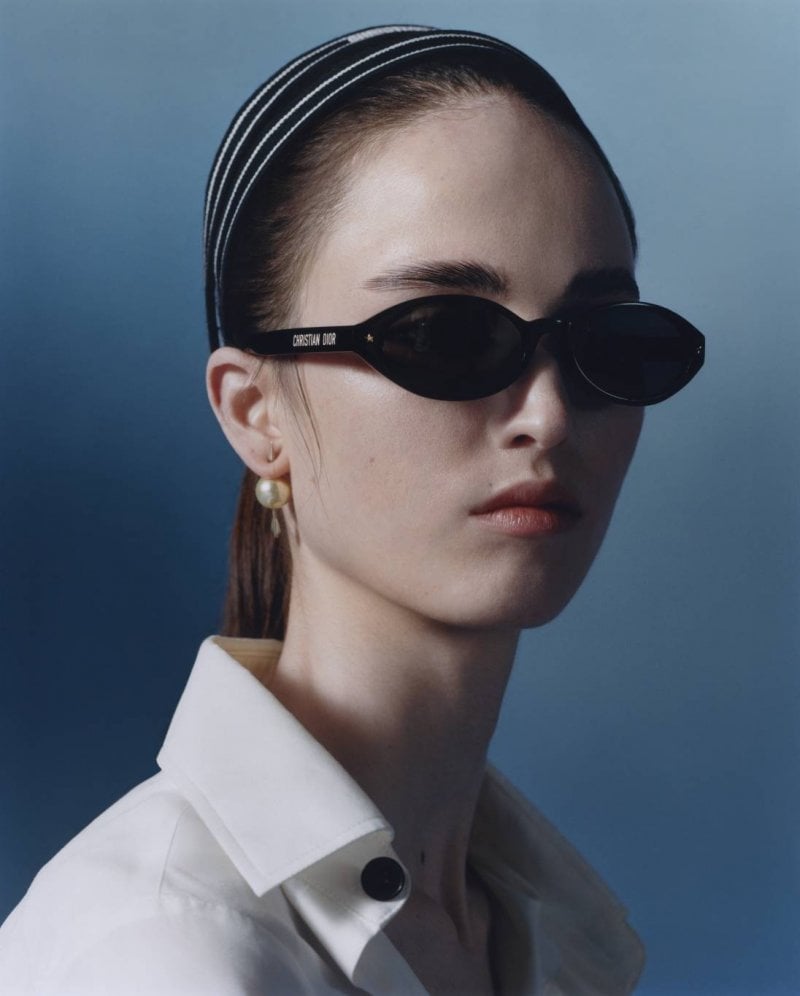Throughout history, hats have been a defining element of women’s fashion, serving purposes far beyond practicality. These headpieces have signified social status, expressed individual style and reflected cultural changes – making their story one of artistry, symbolism and transformation.
In the Middle Ages, hats were closely tied to religion and modesty. Women wore veils or hoods to cover their hair, adhering to societal etiquette. By the Renaissance, headwear became more elaborate, adorned with jewels and feathers to signal wealth and status. Hats like the French hood or caul complemented luxurious gowns, elevating their wearers’ presence in courtly circles.
The 18th and 19th centuries saw hats turn into fashion statements. The Georgian era introduced wide-brimmed bonnets, often embellished with ribbons and flowers. In the Victorian period, hats evolved alongside industrial advancements, showcasing intricate designs made possible by new materials and techniques. Millinery became a respected craft, with hats often tailored to reflect a woman’s social position or seasonal trends.
The 20th century ushered in dramatic changes. The flapper cloche of the 1920s epitomized modernity, hugging the head in a sleek silhouette. By the 1950s, women embraced hats as everyday accessories, with designers like Christian Dior popularizing elegant creations. However, the cultural shifts of the 1960s and 1970s saw hats lose their status as mandatory attire, becoming optional expressions of style.
Today, women’s hats blend history with contemporary fashion. From casual bucket hats to statement fascinators, these accessories continue to adapt, honoring their storied past while remaining relevant in modern wardrobes. As symbols of individuality and heritage, hats remain a timeless crown in the world of women’s fashion.
Article Written by Mirella Haddad
- Keywords
- hats






